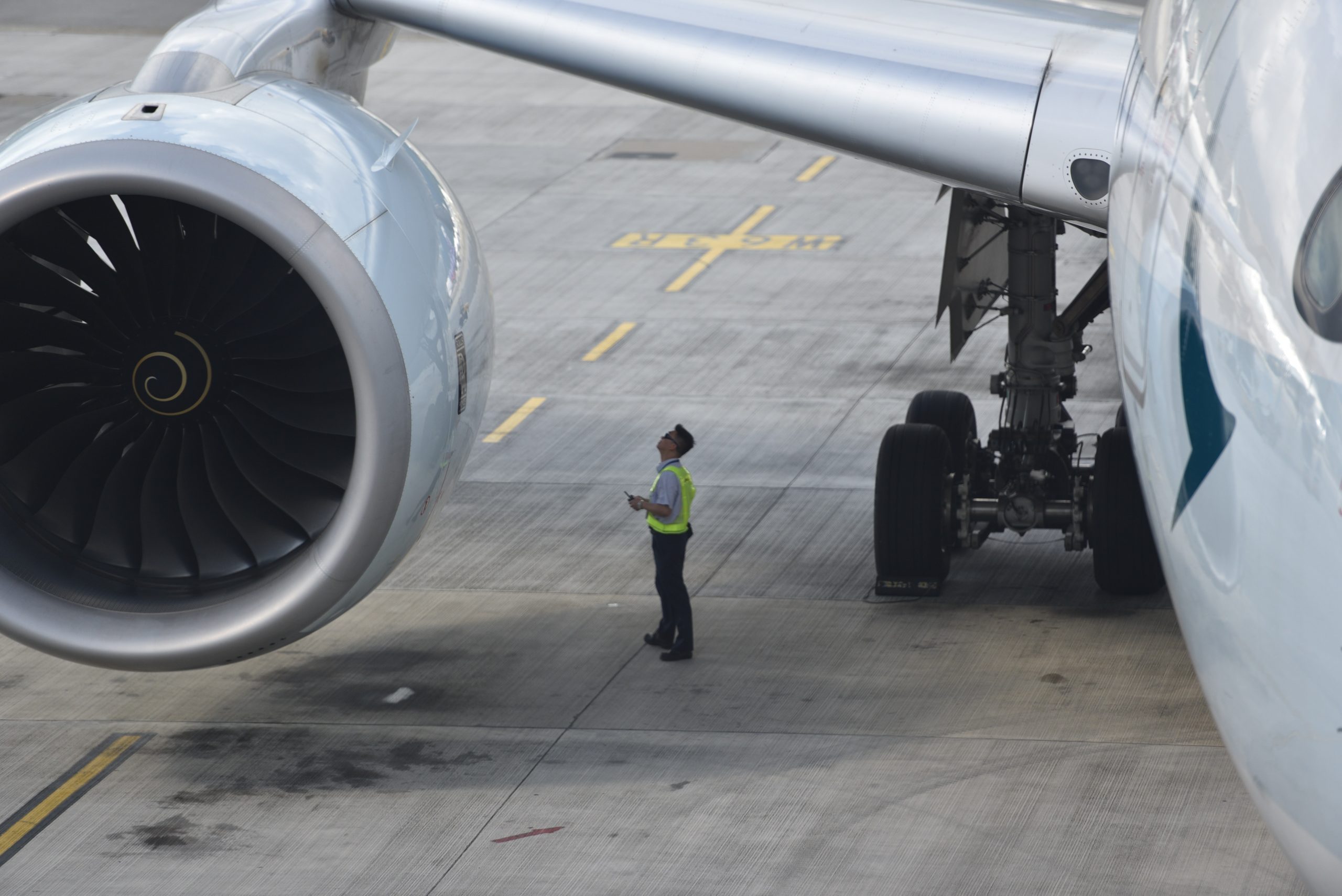The idea of aircraft being powered by plasma drives might sound like something from a science fiction film, but a group of Chinese scientists has developed a prototype that might one day make it a reality.
The team, from the Institute of Technological Sciences at Wuhan University, said in a paper published on Tuesday that they had developed a prototype of a plasma jet device capable of lifting a 1kg (2.2lb) steel ball over a 24mm (one inch) diameter quartz tube.
While that might not sound like much, the relative thrust needed to achieve such lift is equivalent to that of a commercial aircraft engine. And because the device uses only electricity and air, a scaled up version might one day provide an emission-free alternative to the fossil-fuel burning engines in use around the world today.
Plasma is one of the four fundamental states of matter in which atoms are ionized into charged particles. A plasma engine uses electricity to generate plasma and then ejects the ions to produce thrust.
In the Chinese design, pressurized air is injected into a chamber and subjected to ultra high temperatures (over 1,000 degrees Celsius) and microwaves to create an ionized plasma, which is then expelled the create propulsion.

While that might not sound like much, the relative thrust needed to achieve such lift is equivalent to that of a commercial aircraft engine. And because the device uses only electricity and air, a scaled up version might one day provide an emission-free alternative to the fossil-fuel burning engines in use around the world today.
Plasma is one of the four fundamental states of matter in which atoms are ionized into charged particles. A plasma engine uses electricity to generate plasma and then ejects the ions to produce thrust.
In the Chinese design, pressurized air is injected into a chamber and subjected to ultra high temperatures (over 1,000 degrees Celsius) and microwaves to create an ionized plasma, which is then expelled the create propulsion.
With the success of the prototype, the researchers said that in theory the idea could be scaled up to provide enough power for an aircraft by building a large array of plasma thrusters of a suitable heat- and pressure-resistant material fed by a high-power microwave source.
“It would be possible to construct a high-performance microwave air plasma jet thruster in the future, which would bring an end to carbon emissions and global warming caused by burning fossil fuels,” it said.
While ion thrusters are not new – several satellites and interplanetary missions, including NASA’s Dawn probe launched in 2007, have used them – current devices produce only a very low pressure propellant, equivalent to the power of a hairdryer, and can therefore only be used in space where there is no atmospheric friction.
The difference with the device developed by the Wuhan University team is that it compresses and then ionizes air – rather than argon, xenon or hydrogen as used by spacecraft – meaning it would have an unlimited source of propellant and be much more powerful.
In January, China Aerospace Science and Technology Corporation announced that it had developed the country’s first Hall-effect thruster, which from an input power of 20 kilowatts produced a thrust of one newton.
A newton is equal to the amount of force required to accelerate an object at a rate of one metre per second, every second.
By comparison, the Wuhan device achieved an air propulsion force of about 11 newtons.
Wuhan University professor Jau Tang, and the report’s lead author, said the ultimate aim of the research was to produce an engine that was environmentally friendly.
“The motivation for our work is to help solve the global warming problems caused by humans’ use of fossil fuel combustion engines to power machinery like cars and aeroplanes,” he said.
“There is no need for fossil fuel with our design, and therefore, there is no carbon emission to cause a greenhouse effect or global warming.”
This article was originally published by South China Morning Post.
